Affiliate links on Android Authority may earn us a commission. Learn more.
T-Mobile vs Verizon: Which carrier is better for you?
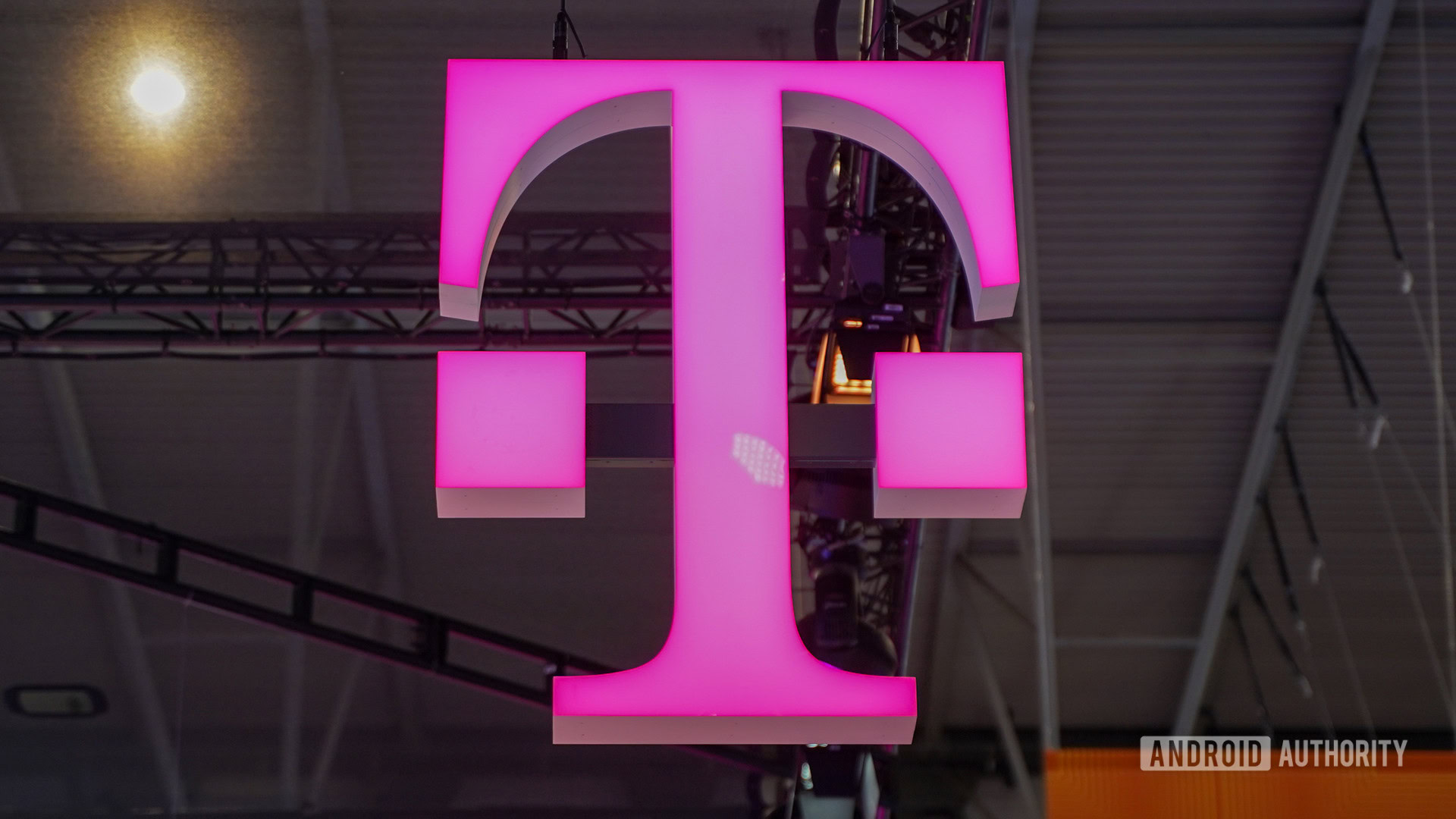
For years, T-Mobile has been the third-largest US carrier, and the Sprint merger only solidified its position. The Un-Carrier’s goal is to become America’s leading carrier, and we’re here to find out if that’s possible. Let’s pit T-Mobile vs Verizon and see which carrier is ready for your business.
We’ll go category by category and see how each carrier fares on prices, coverage, phone selections, and more. Ready to choose your next carrier? Use this guide as your starting point.
T-Mobile vs Verizon — Plan overlook
Let’s start by looking at T-Mobile’s plans:
| Essentials Saver | Essentials | Go5G | Go5G Plus | Go5G Next | |
|---|---|---|---|---|---|
Cost | Essentials Saver Prices per line, plus taxes and fees: $50 for one line $40 for two lines $33.33 for three lines | Essentials Prices per line, plus taxes/fees: $60 for one line $45 for two lines $30 for three lines $26.25 for four lines $24 for five lines $100/month for Essentials 4 Line Offer - better deal if you sign up for all four lines at once. | Go5G Prices per line (taxes/fees included): $75 for one line $65 for two lines $51.67 for three lines $45 for four lines $41 for five lines | Go5G Plus Prices per line (taxes/fees included): $90 for one line $75 for two lines $61.67 for three lines $55 for four lines $51 for five lines | Go5G Next Prices per line (taxes/fees included): $100 for one line $85 for two lines $71.67 for three lines $65 for four lines $61 for five lines |
Unlimited Talk & Text | Essentials Saver Yes | Essentials Yes | Go5G Yes | Go5G Plus Yes | Go5G Next Yes |
Unlimited 4G Data | Essentials Saver Unlimited 5G & 4G LTE with 50 of Premium Data | Essentials Yes, but might slow down during congestion after 50GB per month | Go5G Yes, but might slow down during congestion after 100GB per month | Go5G Plus Unlimited Premium 5G & 4G LTE with | Go5G Next Unlimited 5G & 4G LTE with Unlimited Premium Data |
Mobile Hotspot | Essentials Saver Unlimited 3G | Essentials Unlimited 3G | Go5G 15GB of high speed hotspot data, 3G speeds after | Go5G Plus 50GB of high speed hotspot data, 3G speeds after | Go5G Next 50GB of high speed hotspot data, 3G speeds after |
Netflix perk? | Essentials Saver No | Essentials No | Go5G No | Go5G Plus Netflix Standard with Ads | Go5G Next Netflix Standard with Ads |
Apple TV perk? | Essentials Saver No | Essentials No | Go5G Included | Go5G Plus Included | Go5G Next Included |
Unlimited video streaming | Essentials Saver SD streaming | Essentials SD streaming | Go5G SD streaming | Go5G Plus Up to 4K UHD streaming | Go5G Next Up to 4K UHD streaming |
Now that you know T-Mobile’s options, here is a look at what Verizon has to offer:
| myPlan Unlimited Welcome | myPlan Unlimited Plus | myPlan Unlimited Ultimate | Talk & Text Prepaid | 15GB Prepaid | Unlimited Prepaid | Unlimited Plus Prepaid | |
|---|---|---|---|---|---|---|---|
Cost | myPlan Unlimited Welcome $65 for one line $55 for two lines $40 for three lines $30 for four lines | myPlan Unlimited Plus $80 per line for one line $70 per line for two lines $55 per line for three lines $45 per line for four lines | myPlan Unlimited Ultimate $90 per line for one line $80 per line for two lines $65 per line for three lines $55 per line for four lines | Talk & Text Prepaid $30 w/ autopay | 15GB Prepaid $35 w/ autopay $5 discount after 3 months $10 discount after 9 months | Unlimited Prepaid $50 w/ autopay $5 discount after 3 months $10 discount after 9 months | Unlimited Plus Prepaid $60 w/ autopay $5 discount after 3 months $10 discount after 9 months |
Talk & Text | myPlan Unlimited Welcome Unlimited | myPlan Unlimited Plus Unlimited | myPlan Unlimited Ultimate Unlimited | Talk & Text Prepaid Unlimited | 15GB Prepaid Unlimited | Unlimited Prepaid Unlimited | Unlimited Plus Prepaid Unlimited |
Data | myPlan Unlimited Welcome Unlimited 4G LTE 5G Nationwide | myPlan Unlimited Plus Unlimited 4G LTE 5G Nationwide 5G wideband | myPlan Unlimited Ultimate Unlimited 4G LTE 5G Nationwide 5G wideband | Talk & Text Prepaid No data | 15GB Prepaid 15GB of LTE/5G access | Unlimited Prepaid Unlimited LTE/5G data | Unlimited Plus Prepaid Unlimited LTE/5G data, including ultra wideband 5G |
Hotspot | myPlan Unlimited Welcome Not included | myPlan Unlimited Plus 30GB 4G LTE or 5G | myPlan Unlimited Ultimate 60GB 4G LTE or 5G | Talk & Text Prepaid No | 15GB Prepaid Can use up to 15GB | Unlimited Prepaid 5GB of hotspot access, then 600kbps after | Unlimited Plus Prepaid 25GB of hotspot access, then unlimited lower speeds after |
International Service | myPlan Unlimited Welcome Talk & Text in Mexico and Canada Texting in over 200 countries | myPlan Unlimited Plus Talk & Text in Mexico and Canada Texting in over 200 countries | myPlan Unlimited Ultimate Talk & Text in Mexico and Canada Texting in over 200 countries | Talk & Text Prepaid $5/day for calls, text, and data in Mexico or Canada | 15GB Prepaid Calling, text, and data in Mexico & Canada | Unlimited Prepaid Calling, text, and data in Mexico & Canada | Unlimited Plus Prepaid Calling, text, and data in Mexico & Canada |
Extra Perks | myPlan Unlimited Welcome 480p streaming Can add perks for $10 each, including 100GB hotspot data, Apple Music, Apple One, Disney Plus bundle, and more | myPlan Unlimited Plus 480p streaming Can add perks for $10 each, including 100GB hotspot data, Apple Music, Apple One, Disney Plus bundle, and more | myPlan Unlimited Ultimate 10GB high-speed international data | Talk & Text Prepaid 480p streaming | 15GB Prepaid 480p streaming | Unlimited Prepaid 480p streaming | Unlimited Plus Prepaid 480p streaming |
Please note we’ll be specifically focusing on postpaid plans for the following comparison points.
T-Mobile vs Verizon — Pricing
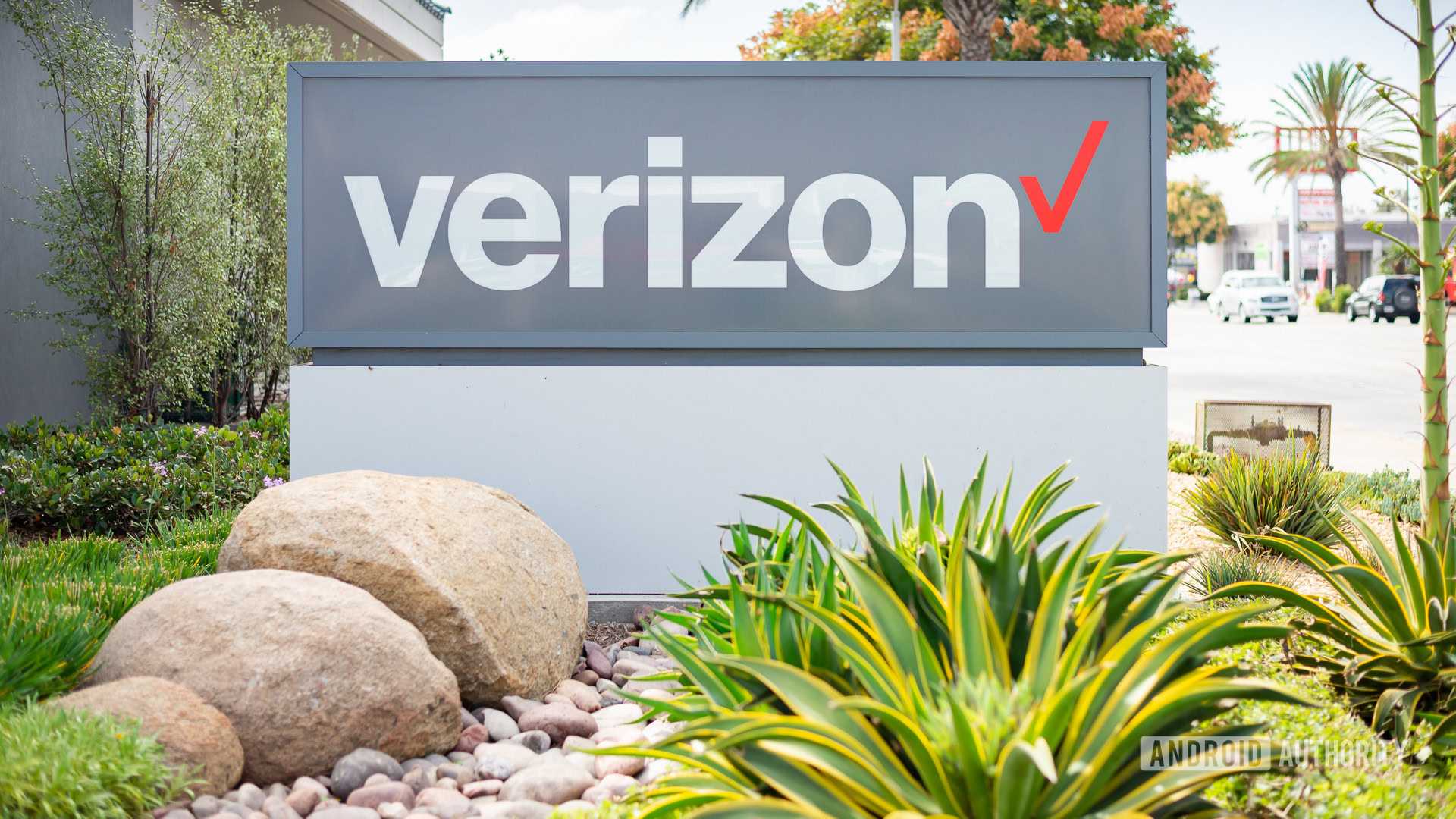
The first difference between T-Mobile and Verizon is pricing. Verizon is one of the most expensive carriers around. No matter which plan you pick, T-Mobile is the more affordable option. That said, the gap isn’t as large as it used to be, especially if you need multiple lines.
The cheapest Verizon plan, Unlimited Welcome, starts at $60 versus $50 for T-Mobile Essentials. What you get is pretty similar between the plans, though T-Mobile includes hotspot access in its plan. Once you get to four lines, things become even. You’ll pay $25 per line for four lines of T-Mobile Essentials, versus $25 per line for four lines of Verizon Unlimited Welcome.
While T-Mobile six five different plans to pick from, Verizon only has two additional plans. First, let’s talk about Unlimited Plus. Comparing T-Mobile’s second most comparable plan (Magenta) you’ll pay $70 for one line and $40 each for four lines. In contrast, Verizon My Plan Unlimited Plus starts at $65 for one line and drops down to $30 for four lines. That makes Verizon actually a bit cheaper on the mid-tier.
At the highest end, Go5G Next will start at $100 a line and drop to $56.25 for four lines. In comparison, Verizon’s highest-end plan starts at $75 and drops to as little as $40 for four lines.
In some ways Verizon’s mid and high tier plans are cheaper, but remember that Verizon no longer includes perks for free. You’ll have choices of perks like the Disney Plus bundle or an Apple One subscription, but they’ll cost you $10 each. Meanwhile, T-Mobile includes Apple TV and Netflix with some of its higher tiers.
T-Mobile vs Verizon — Coverage
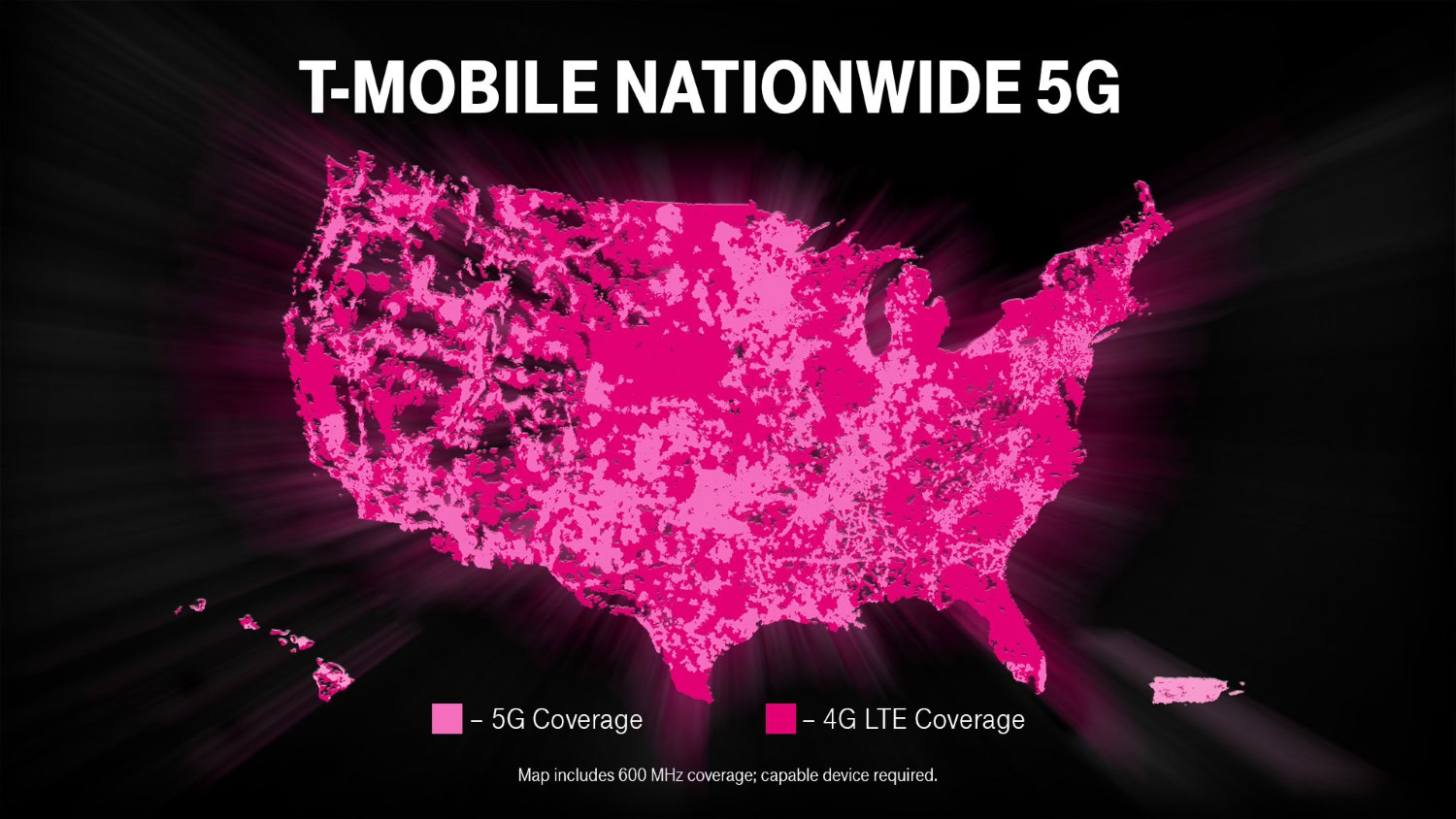
When you have an impressive coverage map, it makes sense to show it off. At least, that’s the case with T-Mobile’s map, as seen above. The map is impressive, though T-Mobile claimed just 62% 4G LTE coverage nationwide before its merger with Sprint. Verizon boasted a healthy lead with 71% nationwide coverage. It may not sound like a massive difference, but it can impact rural settings.
While the Un-carrier may lag behind Verizon in actual 4G LTE coverage, it’s leading the charge with its 5G rollout. T-Mobile can spread its high-speed network over greater distances thanks to a low-band setup. On the other hand, Verizon highlights its short-distance mmWave configuration, which is limited to select cities throughout the country. Big Red has recently rolled out its complementary Nationwide 5G network, and you can check out the new interactive map right here.
T-Mobile vs Verizon — Perks and promos
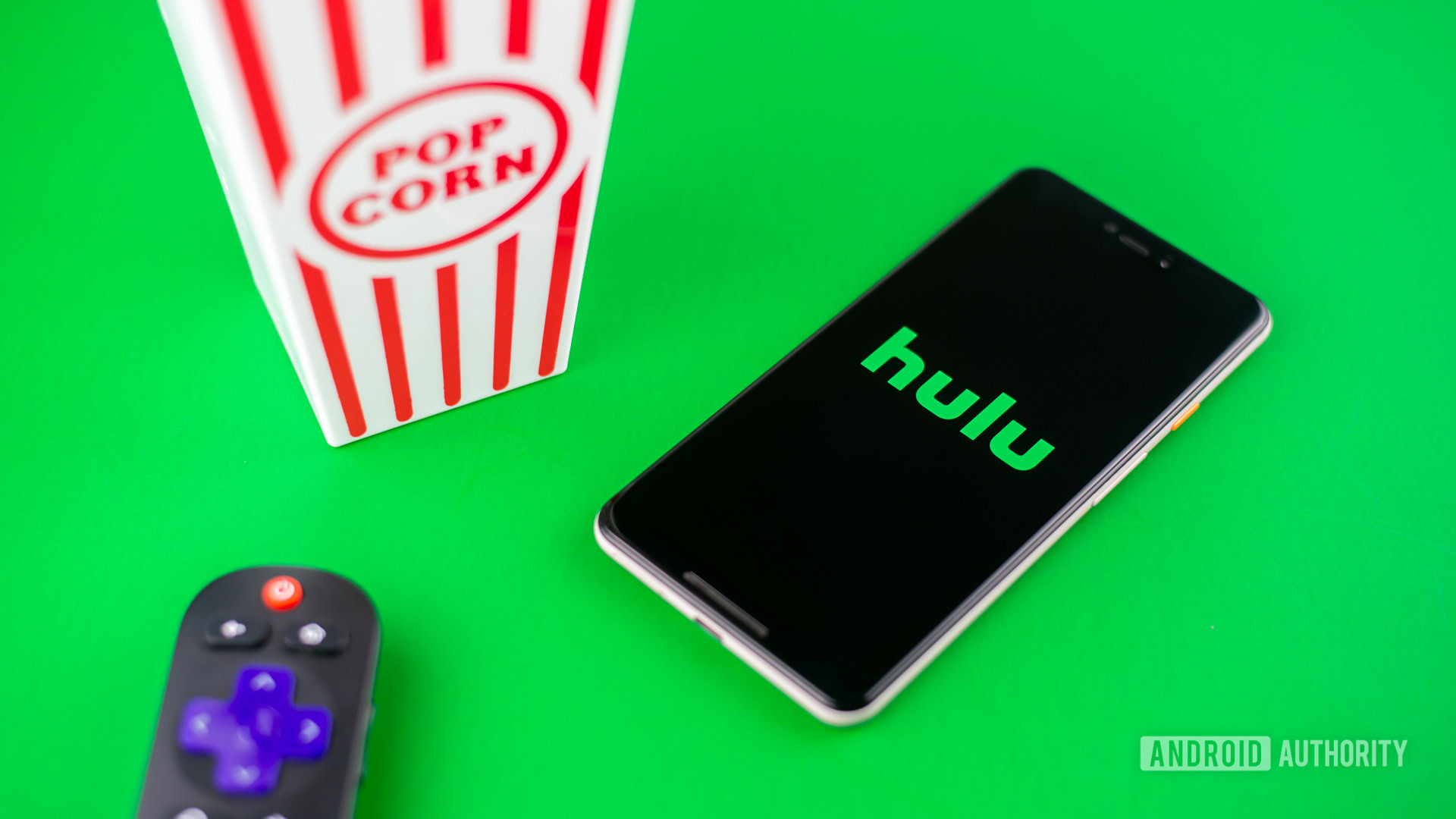
While network coverage should be your primary concern, perks are just as crucial for the best all-around experience. If you don’t want to pay extra for perks, T-Mobile is the current champion here. While its Essential plan includes no special perks, the rest of the plans do have at least a few potential extras.
Here’s a quick breakdown of everything T-Mobile includes:
| Plan | Video Perks |
|---|---|
T-Mobile Essentials | None |
T-Mobile Magenta and Go5G | 6 months of free Apple TV Plus Netflix Basic for 2+ lines |
T-Mobile Magenta Max and Go5G Plus | Netflix Basic for 1 line Netflix Standard for 2 lines or more Apple TV Plus |
In addition to the perks above, there’s also the T-Mobile Tuesdays program. The service offers freebies, discounts, and more as long as you have the app. Meanwhile, Verizon asks you to buy its perks for $10 each. Here’s a full list of the perks you can currently add to either Verizon’s Welcome or Plus plan:
- Disney Bundle (Hulu, Disney Plus, ESPN Plus)
- 2TB Cloud Storage
- 100GB Mobile hotspot
- Walmart+ Membership
- Apple One
- Apple Music Family
- Smartwatch Data
- 3 TravelPass Days
Both T-Mobile and Verizon love good promos, though you’ll have to grab a new device if you want the full menu of savings. If you’re switching carriers, it’s as easy as trading in your device. You might get a free phone out of the deal! Over at T-Mobile, you can get plenty of flagship devices on BOGO deals when you switch. Other solid options include a free iPhone 14 or Galaxy S23 if you subscribe to Go5G Plus.
Over at Verizon, you can take up to $1,000 off top Android phones with a trade-in, no matter their condition. Make sure to check the terms of each deal carefully, but both carriers seem to offer excellent value if you’re in the market for a new device.
Looking for more deals? Be sure to check out our guides to the best Verizon deals and best T-Mobile deals.
T-Mobile vs Verizon — Phone selections
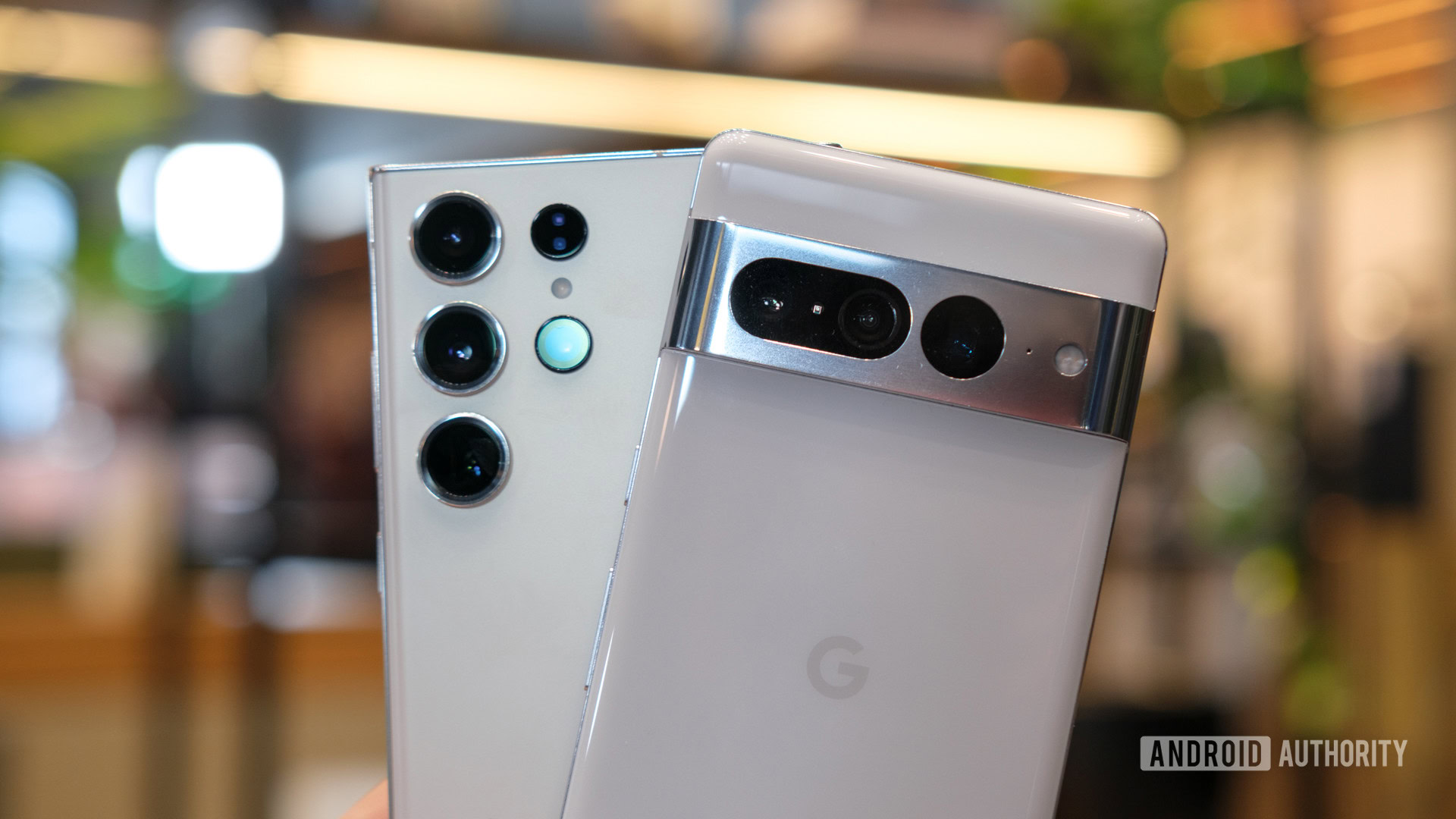
When it comes to new devices, both carriers offer impressive selections as two of the largest providers in the United States. The majority of each list is the same, though the CDMA and GSM divide offers unique choices. Verizon still relies on the CDMA setup, while T-Mobile relies on the GSM framework. That means that you can bring a more comprehensive selection of phones, especially those from OnePlus, to the Un-carrier.
While Verizon may not have the same OnePlus relationship, it does have a strong bond with Motorola. You can technically grab Motorola devices on T-Mobile, though they bear the Un-carrier’s Revvl badge.
Which carrier is right for you?
There is no cut-and-dry answer in the T-Mobile vs Verizon debate, as there are many differences to consider. T-Mobile is easily the more affordable option, and it offers the largest 5G network you’ll find right now. On the other hand, Verizon covers the most 4G LTE territory — which is most likely where you’ll spend most of your time anyway. You may also want to consider the CDMA and GSM divide when you choose.
The network that’s right for us may not be suitable for you, and maybe neither of these options is the perfect fit. If that’s the case, you might want to also explore our guides to AT&T plans and pricing, as well as Google Fi — one of our favorite prepaid phone providers.